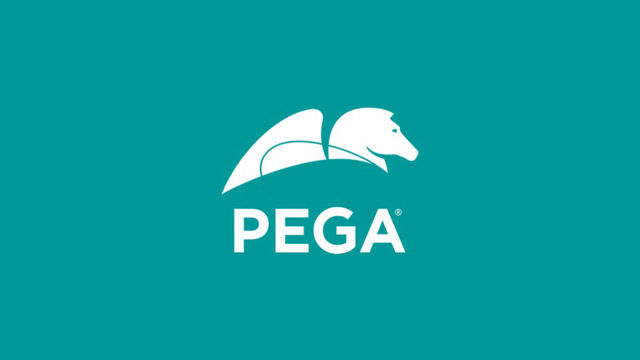As the COVID-19 pandemic evolves around the world, its impacts continue to be far-reaching – affecting people’s health, jobs, families, financial situations, and the most basic needs of daily living. The crisis is also levying a profound toll on most businesses – responding to avalanches of customer service calls and emails, supporting remote workforces, adjusting to new government-imposed policies, and simply figuring out how to triage new and existing work.
I’ve been on video and phone calls non-stop over these past few weeks with senior executives from many of the world’s largest and most successful brands. I expected they would be focused exclusively on their most pressing and immediate challenges. And while most are mobilizing to solve the acute needs of “here and now,” a large number are also thinking beyond the next few weeks or months and understand this is the time for a massive rethink. This crisis has become a catalyst to build stronger businesses for a very different future in 2021 and beyond.
There is no going back to business-as-usual. Like all global crises that have come before, this one, too, will bring profound change. Changes to the way people work, commute, transact, collaborate, and interact will persist long after this crisis stabilizes. Changes to the movement of goods, the procurement of supplies, the delivery of services, the engagement and servicing of customers, and the preparedness to continuously adapt, all require a new way of thinking. We encourage our clients to embrace a new design for an organization’s business architecture that is future-proof and built from the center out.
Let’s envision a few specific aspects of our changed future, and why a new way of thinking is required.
- Organizations will need to be much leaner, faster, and more adaptable than they thought they had to be. These have long been the aspirations of most Digital Transformation initiatives but have, more often than not, failed to deliver. Why? Because the focus has been on patchwork automations, providing new tools to an already bloated IT infrastructure, or using a simple ticketing-system to handle sophisticated cross-functional work processes. The list goes on and on. The common theme is that most organizations have not embraced a platform-approach – one that helps an organization design a business architecture that will deliver speed, scale, efficiency, and adaptability … all requirements for our new future.
- Digital must sustain your business. Organizations have long used words like “digital first,” but most have failed to design and operate that way, settling instead for hard-coding logic into a fragmented UI architecture. If we’ve learned anything over the past weeks, it’s that business resiliency requires exceptional and scalable digital customer experiences that can adapt instantly to changing market, company, and customer conditions, and flex to sustain commercial relationships when traditional models are disrupted. If your business logic is hard-wired and literally coded into your customer channels, it is impossible to engage and serve customers when your logic (buried in dozens of channels) no longer matches what your customers need, expect, or require.
- A true understanding of the resiliency of your suppliers and your go-to-market channels. Many supply chains have proven brittle and subject to “that will never happen” disruption. Most organizations have been equally exposed for their over-reliance on a single go-to-market strategy. Operating effectively now, and in the future, requires a business architecture designed from the center out, where new partners can plug in easily and where new go-to-market channels can open instantly.
Markets will always be unpredictable. But change doesn’t have to be.
New ways of connecting, selling, and servicing will push companies to innovate and collaborate with a sense of urgency. And from this crisis, we will see great new ideas.
There is a quote I’m seeing more and more of these days, “Never waste a good crisis.” Often – and incorrectly – attributed to Winston Churchill, it’s believed to have been first used by Italian Renaissance writer Niccolo Machiavelli. But the more recent attribution and explanation by politician Rahm Emanuel makes better sense, “You never want a serious crisis to go to waste. And what I mean by that: it’s an opportunity to do the things you thought you could not do before.”
The business leaders I’m speaking with are absolutely thinking beyond business-as-usual and focusing on outcomes they had not seriously considered possible before today. We believe our platform has great potential to help these businesses adapt to the changing needs of their workforces and markets. In many ways we’ve been unknowingly preparing for this for over a decade. The whole concept of a framework for decisions, context, business logic, data and systems insulation, and re-usable business objects, woven into the center of an organization’s business architecture, turns out to be exactly what is needed to re-design the business platform of the future … and that future is now.

